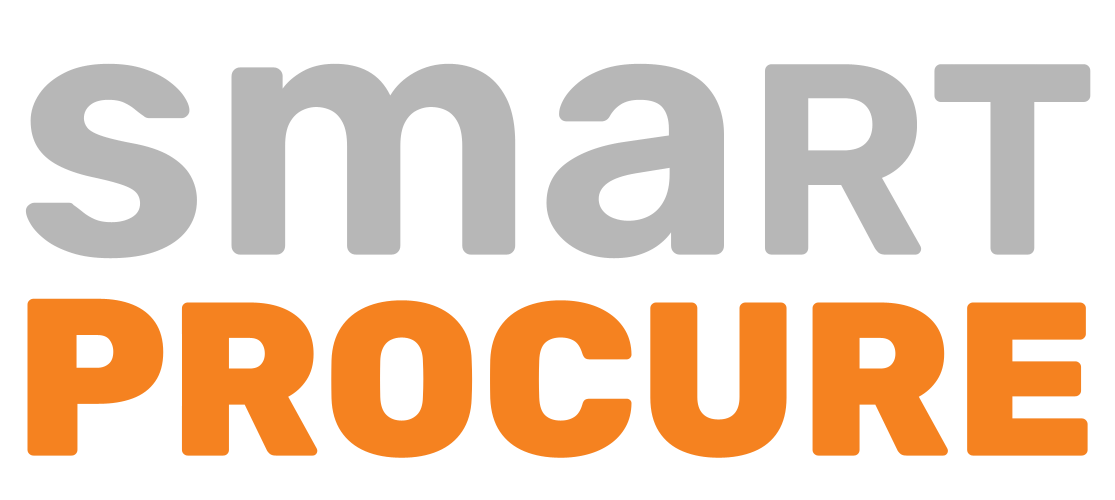Even though technology applications may bring the businesses to targets with the digital transformation processes, the lack of internal resources and talent may cause regression.
A foreign-sourced survey conducted by The Hackett Group suggests purchasing organizations are moving forward with major technology practices without the necessary skills and internal resources.
Many suppliers: cloud computing knows very well that digital solutions and applications like analytics and robotic process automation have the power to revolutionize the way they do their job.
The same applies to technological tools and digital solutions in Turkey. However, another point to consider is that many of these same leaders, or most of your purchasing professionals/leaders, lack the skills, strategies, and capabilities required to take advantage of all of this transformation. The consultancy and benchmarking company (The Hackett Group) are driving these implications.
The report also addresses the CPO agenda.What is CPO?
CPO; Cost Per Order is a purchasing concept. This concept is defined as an advertising model and means payment per order. The e-commerce website pays publishers a fee per ad. Visitors are required to place respective orders when they click on ads.
In the report, the CPO agenda is as follows: a survey was conducted to maintain and activate the pace of digital transformation at the enterprise level. An annual survey of 180 companies in the United States and abroad. Participants are known to have annual revenues of $1 billion or more. Eighty-four percent of all participants believe that digital transformation will fundamentally change the internal customer service of organizations in the next three to five years.

To assist in this prioritization process, consulting firms offer four steps to guide businesses in their digital transformation efforts:
1. Improve Stakeholder Experience
Procurement needs to focus its efforts on initiatives that improve the satisfaction of domestic customers. In purchase requisitions and processes, these actions may include the creation of multiple purchase channels (e.g. help desks, self-service online catalogs and third-party aggregator sites) that are always available on multiple devices with optional real-time status checks.
Procurement org should also work to personalize shareholder experiences by establishing intelligent procurement processes that recognize buyers and their role in the organization.
2. Create Supply Portfolio as a Service
The acquisition must also focus on efforts that streamline the purchasing experience and better fit its organizational model and the interests of its key stakeholders. This includes "rebrand" the procurement organization to improve awareness and impact across the company; highlight the ability of the supply to provide analysis and market intelligence on demand; and create centers of excellence for activities such as analysis, benchmarking and reporting.
3.Building on Analytics
You can work with companies or software that can analyze large amounts of structured and unstructured data from multiple sources to provide reliable business consultancy services to your internal stakeholders or yourself. To do this, it is necessary to train the purchasing staff on advanced analytical tools and methods.
Leverage market intelligence reports from third party sources; and use estimated data to prevent exposure to risks such as volatile commodity prices.
4. Get the Right Technology
Purchases should consist of a technology platform that uses both traditional software tools and emerging technologies. A single vendor must be owned for all applications from supply to payment, allowing companies to tighter integration between modules, receive price reductions from packaging, and benefit from less complex maintenance and support.
According to the survey, 63 per cent of respondents either have a single solution with a buying-buying solution, or are working to have one. However, organizations should be able to complement the core software suite with the best solutions in areas where they can make a distinction, such as supplier lifecycle management and spend analysis.
A well-planned work schedule always takes you a few steps further
SmartProcure makes all of your purchases faster by providing your business with a professional work environment.
If You Want Call First
